The Electric Eel’s Shocking Powers
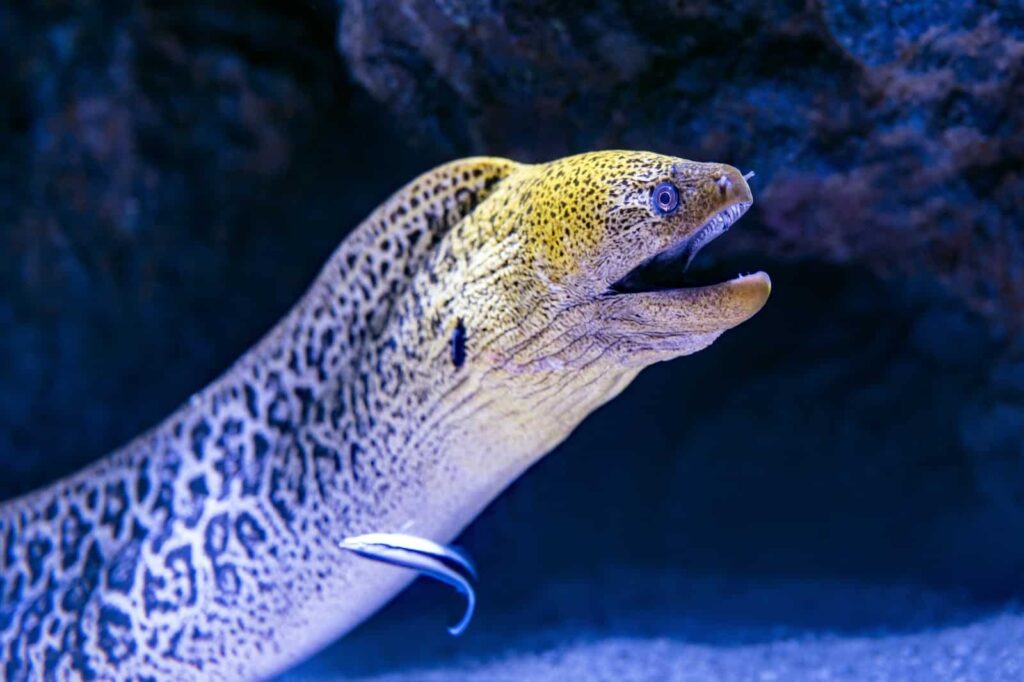
Found in the waters of South America, the electric eel possesses an impressive superpower: it can generate powerful electric shocks. Unlike other electric fish that use electricity for navigation or communication, the electric eel uses its electric discharge as a weapon to stun prey and deter predators. It can generate shocks of up to 600 volts, enough to knock down a human. Interestingly, these shocks are also utilized by the electric eel to navigate in murky waters and locate its prey by generating a weak electric field and sensing the disturbances caused by nearby objects.
The Laughing Kookaburra’s “Human” Laughter
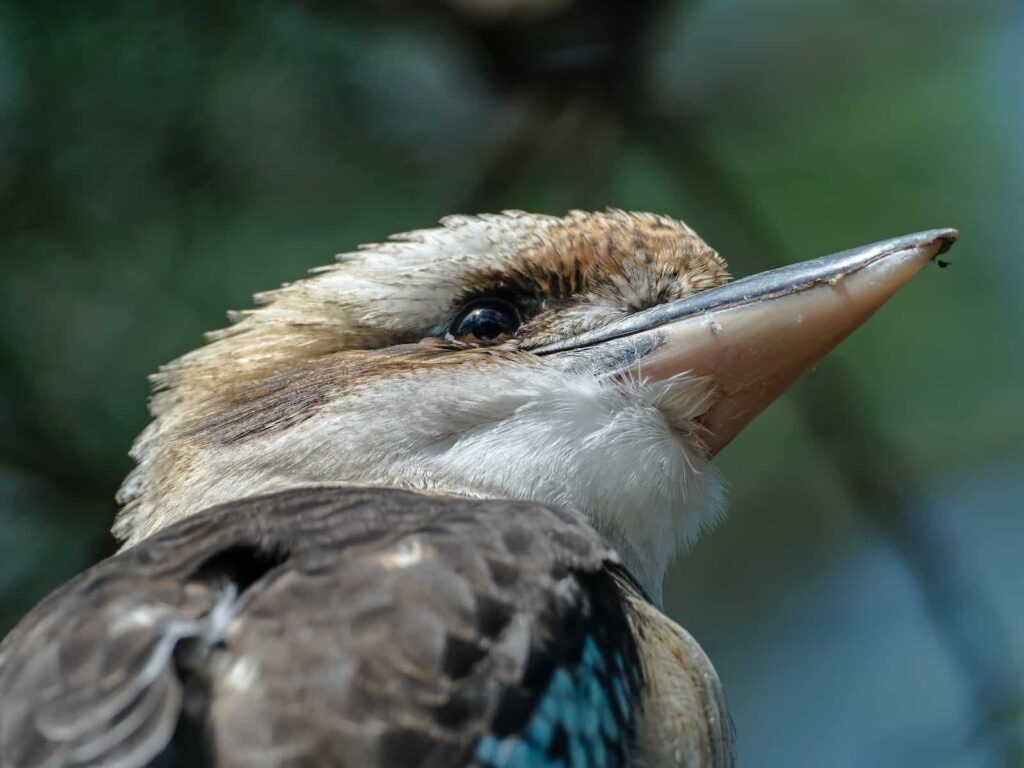
The laughing kookaburra, a native of Australia, is known for its distinctive call, which eerily resembles human laughter. This bird’s vocalization is not just an auditory illusion but actually serves an important purpose. The kookaburra’s loud, cackling call is a territorial display to assert dominance and warn off other birds. It’s a remarkable example of how nature can mimic human sounds in the most unexpected ways.
The Peculiar Mating Rituals of the Bowerbird

The bowerbird, found in Australia and New Guinea, showcases one of the most elaborate and artistic mating rituals in the animal kingdom. Male bowerbirds meticulously construct elaborate structures called bowers, using twigs, leaves, and other natural materials. These bowers serve as an elaborate courtship display, where the male performs intricate dances and vocalizations to attract a mate. Each bower is uniquely designed, and the male goes to great lengths to adorn it with colorful objects like flowers, berries, or even bits of plastic. The female, impressed by the male’s efforts, evaluates the bower and his display before deciding on a potential mate.
The Strange Relationship Between the Oxpecker and the Rhinoceros
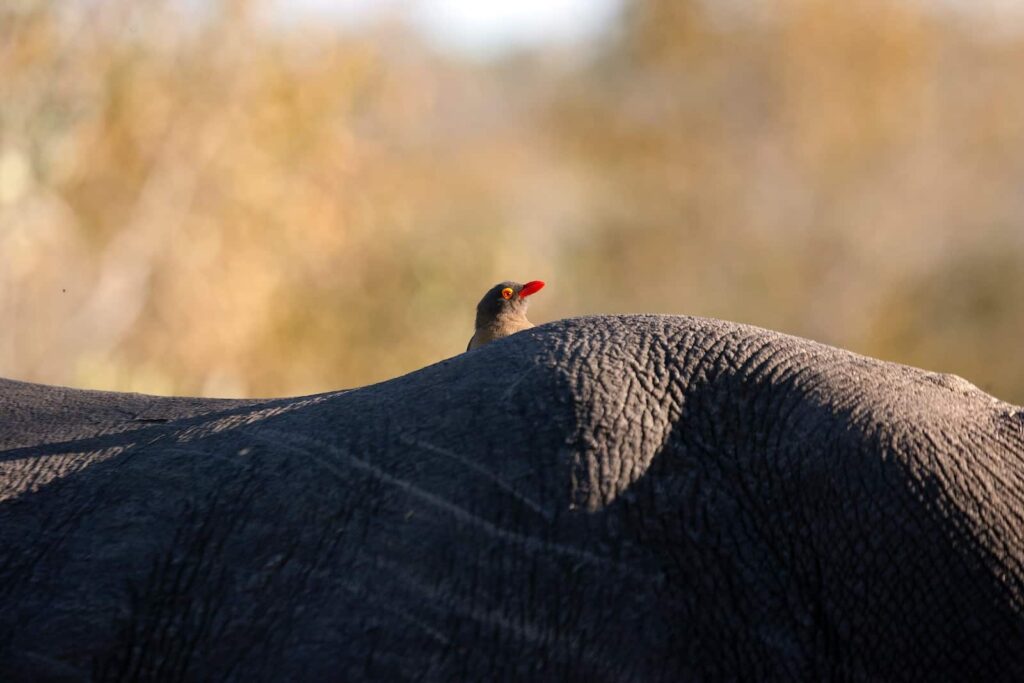
In the grasslands of Africa, a unique symbiotic relationship exists between the oxpecker bird and large mammals such as rhinoceroses and zebras. The oxpecker is a bird known for its peculiar feeding behavior. It perches on the backs of these mammals and consumes parasites like ticks, flies, and lice that infest their skin. In return, the mammals benefit from the oxpecker’s grooming services, as their removal of parasites helps keep their skin healthy. This mutually beneficial association exemplifies nature’s ability to foster symbiosis between different species.
The Pistol Shrimp’s Sonic Weapon

In the depths of the world’s oceans, the pistol shrimp wields a truly extraordinary weapon. This tiny crustacean possesses a specialized claw that can create a cavitation bubble when snapped shut with incredible speed. The collapse of this bubble produces a shockwave and a sound reaching up to 218 decibels, which is louder than a gunshot. The pistol shrimp uses this sonic weapon to stun or kill prey, making it one of the most formidable hunters in its underwater habitat.
The Aye-Aye’s Eerie Finger

The aye-aye, a nocturnal primate native to Madagascar, possesses a truly unusual adaptation. Its elongated middle finger is skeletal in nature and acts as a highly specialized tool for foraging. Using echolocation, the aye-aye taps its finger on tree bark to locate hollow chambers created by wood-boring larvae. Once detected, the primate gnaws a hole in the bark and uses its long finger to extract the grubs, making it one of the few primates known to use echolocation for hunting.
The Archerfish’s Precise Aim

Found in mangrove swamps and estuaries, the archerfish has evolved a unique hunting strategy that involves spitting water at insects above the water’s surface. Astonishingly, the archerfish can accurately shoot down prey by precisely adjusting the force and trajectory of its water jets. It compensates for the distortion caused by the water’s surface tension, demonstrating remarkable precision and accuracy in its hunting techniques.
The Synchronized Fireflies’ Dazzling Light Show

In certain parts of the world, including Southeast Asia and the Great Smoky Mountains in the United States, a mesmerizing natural spectacle takes place: the synchronized flashing of fireflies. These fireflies have the remarkable ability to synchronize their bioluminescent flashes, creating a dazzling light show in the nighttime forest. This synchronized flashing is believed to be part of their mating behavior, where males and females coordinate their signals to find suitable mates. Witnessing the mesmerizing display of thousands of fireflies lighting up in perfect harmony is truly a sight to behold.
The Immunity of Naked Mole Rats
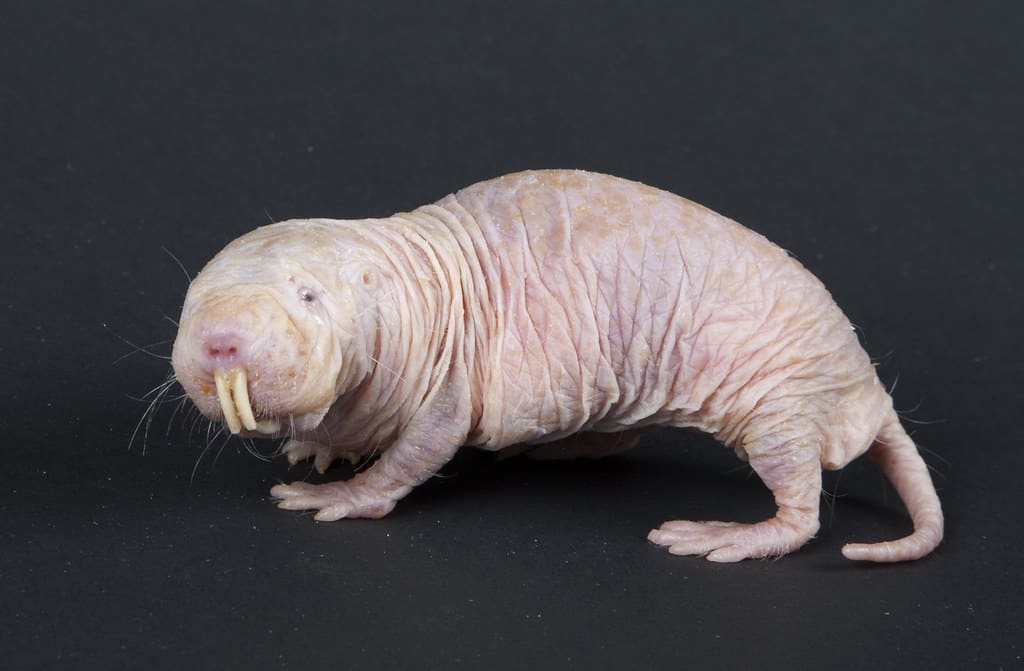
Naked mole rats, peculiar subterranean rodents native to East Africa, possess an extraordinary resistance to cancer and pain. Unlike other mammals, naked mole rats have a complex mechanism that prevents the uncontrolled growth of cells, making them highly resistant to developing cancerous tumors. Furthermore, they lack a specific neurotransmitter involved in the sensation of pain, allowing them to endure physical stress without experiencing discomfort. These unique adaptations make naked mole rats a subject of intense scientific study, offering potential insights into human health and well-being.
The Hairy Frog’s Bone-Spiking Defense
When it comes to self-defense mechanisms, the hairy frog takes an unusual approach. This amphibian, found in Central Africa, possesses specialized claws on its hind feet. What makes them unique is that the claws can be forced through the frog’s own skin, creating temporary bone-like spikes. The frog breaks the bones in its feet and extends the sharp spikes to deter predators. Once the threat subsides, it can retract the spikes back into its skin, healing the wounds in the process.
The Mexican Walking Fish’s Regenerative Abilities

The axolotl, commonly known as the Mexican walking fish, possesses an incredible superpower: the ability to regenerate lost body parts. Unlike most animals, this amphibian can regenerate not only its limbs but also its spinal cord, heart, and even parts of its brain. The axolotl achieves this impressive feat by activating specific genes and mobilizing cells at the injury site to promote tissue regrowth. Scientists study these extraordinary regenerative abilities in the hope of unlocking valuable insights for human medical advancements.
The Surprising Intelligence of Cephalopods
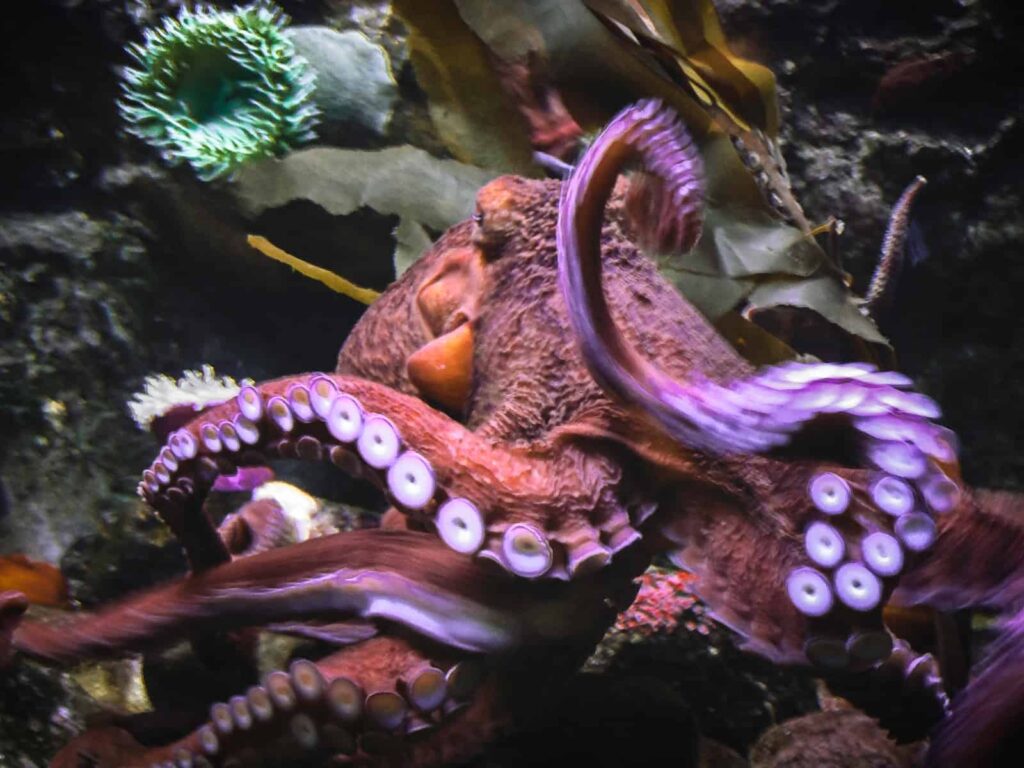
Cephalopods, including octopuses, squids, and cuttlefish, exhibit astonishing levels of intelligence and problem-solving skills. These marine creatures possess complex nervous systems and are capable of solving puzzles, using tools, and exhibiting remarkable learning abilities. Octopuses, for example, have been observed opening jars, solving mazes, and even mimicking the appearance of other animals. Their cognitive abilities challenge traditional notions of intelligence and highlight the vast intelligence potential found in the animal kingdom.
The Immune Defense of the Tasmanian Devil

The Tasmanian devil, a marsupial native to Australia, possesses a unique immune system adaptation. In the face of contagious cancers, specifically devil facial tumor disease, these animals exhibit an unusually strong immune response. The immune cells of Tasmanian devils identify foreign cancer cells as non-self and launch an attack to destroy them. This remarkable immune defense allows some individuals to survive and potentially develop resistance to the disease, offering hope for the species’ survival in the face of this devastating condition.